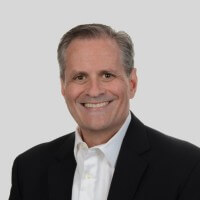Founders, This is How Your Finance Team Increases Your Valuation
A close friend reached out to me after the company she founded failed its second due diligence. The buyer’s reasoning was harsh. “We don’t understand your numbers. And we think you don’t understand them either.”
Ouch.
Frustrated and anxious, she asked me: what does it take?
Only four things, I told her. Do this and I guarantee it won’t happen next time.






